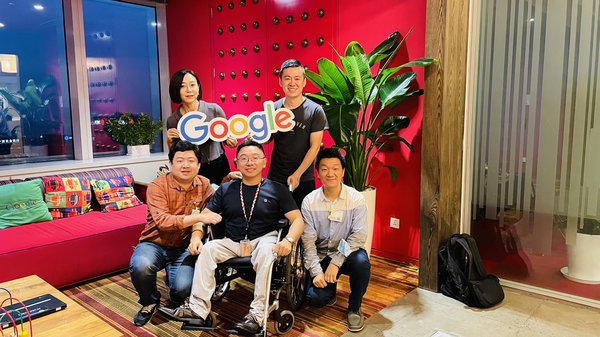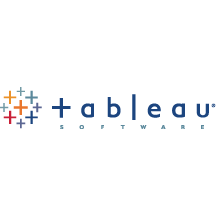Emza Visual Sense, a pioneer in Tiny AI visual sensing, is joining with Alif Semiconductor to show how the combination of powerful, highly efficient Arm®-based hardware and optimized models can make AI a reality at the edge. The companies are demonstrating Emza’s trained face detection model running on Alif’s Ensemble™ microcontroller (MCU), the first MCU featuring the Arm Ethos™-U55 microNPU. The Emza model runs an order of magnitude faster on the Ensemble device with Ethos-U55 compared to a CPU-only solution, with extremely low power consumption.








